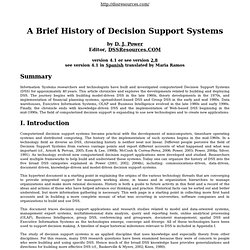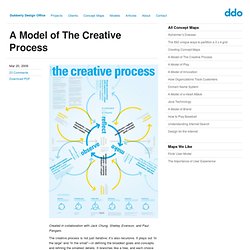

How to Disagree. March 2008 The web is turning writing into a conversation.

Twenty years ago, writers wrote and readers read. The web lets readers respond, and increasingly they do—in comment threads, on forums, and in their own blog posts. Many who respond to something disagree with it. That's to be expected. The result is there's a lot more disagreeing going on, especially measured by the word. If we're all going to be disagreeing more, we should be careful to do it well. DH0. This is the lowest form of disagreement, and probably also the most common. U r a fag!!!!!!!!!! But it's important to realize that more articulate name-calling has just as little weight.
The author is a self-important dilettante. is really nothing more than a pretentious version of "u r a fag. " DH1. An ad hominem attack is not quite as weak as mere name-calling. Of course he would say that. This wouldn't refute the author's argument, but it may at least be relevant to the case. A Brief History of Decision Support Systems. By D.

J. Power Editor, DSSResources.COM version 4.1 or see version 2.8 see version 4.1 in Spanish translated by Maria Ramos Summary Information Systems researchers and technologists have built and investigated computerized Decision Support Systems (DSS) for approximately 40 years. I. Computerized decision support systems became practical with the development of minicomputers, timeshare operating systems and distributed computing. This hypertext document is a starting point in explaining the origins of the various technology threads that are converging to provide integrated support for managers working alone, in teams and in organization hierarchies to manage organizations and make more rational decisions. The study of decision support systems is an applied discipline that uses knowledge and especially theory from other disciplines.
The next section describes the origins of the field of decision support systems. Argument map. A schematic argument map showing a contention (or conclusion), supporting arguments and objections, and an inference objection.

Argument maps are commonly used in the context of teaching and applying critical thinking.[2] The purpose of mapping is to uncover the logical structure of arguments, identify unstated assumptions, evaluate the support an argument offers for a conclusion, and aid understanding of debates. Argument maps are often designed to support deliberation of issues, ideas and arguments in wicked problems.[3] Key features[edit] A number of different kinds of argument map have been proposed but the most common, which Chris Reed and Glenn Rowe called the standard diagram,[5] consists of a tree structure with each of the reasons leading to the conclusion.
According to Doug Walton and colleagues, an argument map has two basic components: "One component is a set of circled numbers arrayed as points. 60 ways to stay creative in math. Lateral thinking. Lateral thinking is solving problems through an indirect and creative approach, using reasoning that is not immediately obvious and involving ideas that may not be obtainable by using only traditional step-by-step logic.

The term was coined in 1967 by Edward de Bono. [1] According to de Bono, lateral thinking deliberately distances itself from standard perceptions of creativity as either "vertical" logic (the classic method for problem solving: working out the solution step-by-step from the given data) or "horizontal" imagination (having many ideas but being unconcerned with the detailed implementation of them). A Model of The Creative Process. Created in collaboration with Jack Chung, Shelley Evenson, and Paul Pangaro.

The creative process is not just iterative; it’s also recursive. It plays out “in the large” and “in the small”—in defining the broadest goals and concepts and refining the smallest details. It branches like a tree, and each choice has ramifications, which may not be known in advance. Recursion also suggests a procedure that “calls” or includes itself. The Art of Complex Problem Solving. How to Take Notes like Thomas Edison. Critical Thinking On The Web.
Top Ten Argument Mapping Tutorials.

Six online tutorials in argument mapping, a core requirement for advanced critical thinking.The Skeptic's Dictionary - over 400 definitions and essays. The Fallacy Files by Gary Curtis. Best website on fallacies. Butterflies and Wheels. What is critical thinking? Nobody said it better than Francis Bacon, back in 1605: For myself, I found that I was fitted for nothing so well as for the study of Truth; as having a mind nimble and versatile enough to catch the resemblances of things … and at the same time steady enough to fix and distinguish their subtler differences; as being gifted by nature with desire to seek, patience to doubt, fondness to meditate, slowness to assert, readiness to consider, carefulness to dispose and set in order; and as being a man that neither affects what is new nor admires what is old, and that hates every kind of imposture.
A shorter version is the art of being right. More definitions... Program for Critical Thinking 6 Dec 21 May.